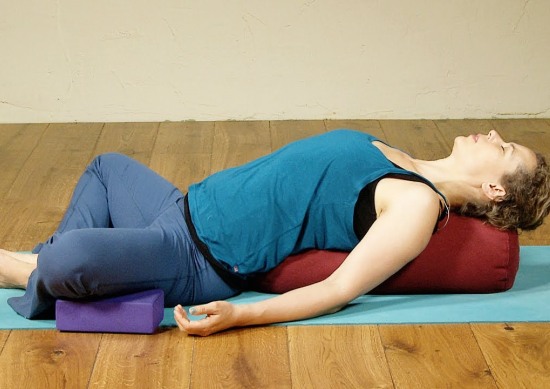In the final piece of a sub series of academic articles that discusses the science behind alternative forms of treatment outside of the typically accepted medicinal treatments, yoga is the main concentration that has been released.
Yoga is known to be a direct descendent of Ayurveda which was first practiced as a form of medicine in the country of India.
While most people are aware that yoga involves specific postures and stretches, those who have not tried it usually are not aware that meditation and vibration also play a large role in the success of yoga.
Yoga traditionally includes six basic aspects: Raja yoga (meditation), Hatha yoga (movement), Jnana yoga (truth), Karma yoga (belief that selfish acts will bring positive results), Bhakti yoga (devotion), and Nada yoga (sound and vibration).
Most regular yoga participants report the belief that regular engagement produces many positive results, but now medical science may also support the belief due to the new scientific evidence that shows there are benefits from regular yoga sessions.
The Columbia College of Physicians and Surgeons found that yoga is a cost efficient way to treat stress, PTSD, substance abuse, anxiety, and depression with very little risks involved to the participants.
In a separate study by the Defense Institute of Physiology and Allied Sciences yoga was also found to have positive results in increasing cardio respiratory performance and helps heighten participant’s moods because of an increase in melatonin secretions.
Additionally, scientists from the National Center for Complementary and Alternative Medicine along with scientists from the National Institute of Health are also looking for proof that yoga can aid blood pressure, pulmonary disease, diabetes risk factors, immune functions, chronic lower back pain, smoking cessation, insomnia, depression, HIV, and multiple sclerosis.










